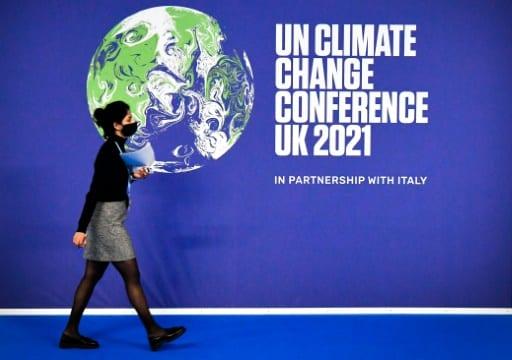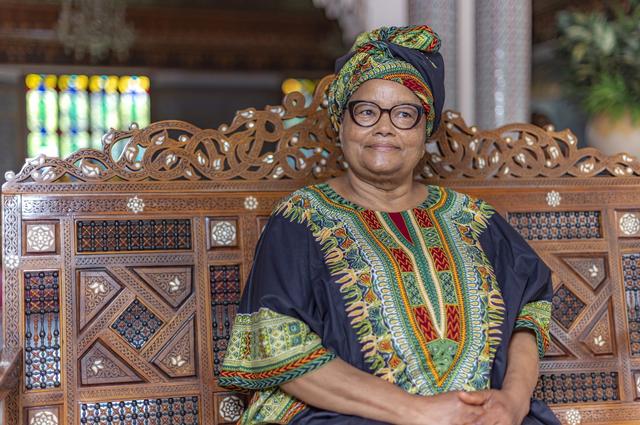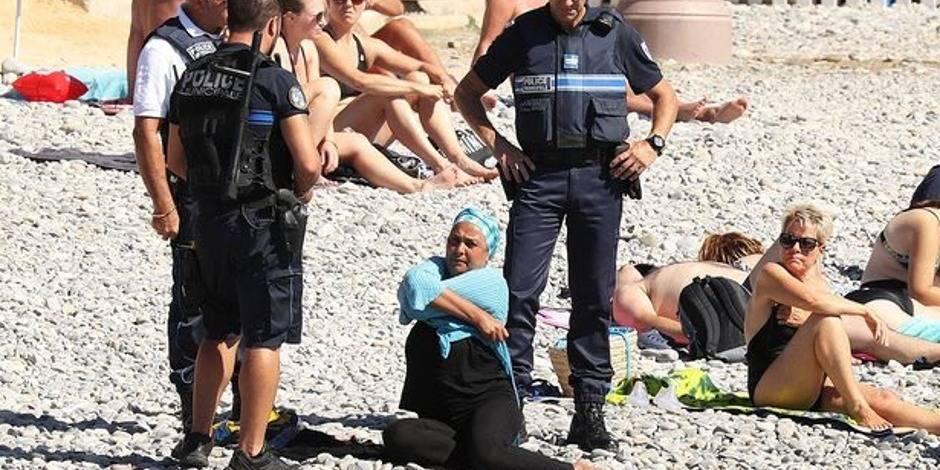COP26: between politicians and the media, science as a balancing act
Like other climate conferences before it, COP26, which was held in Glasgow at the beginning of November 2021, will have taken on the appearance of a large gathering sometimes criticized for the demagoguery of the contrast between actions and speeches, sometimes expected for the impact it will have on future generations (promising to act “before it is too late”).
The retrospective exercise allows us to account here for the way in which two simultaneous planes shaped the image of this moment - on the one hand, the international political scene, on the other, the media coverage - and how the evocation of the work of science interfered there.
An avalanche of declarations
The pandemic situation shows us this every day: the presence, or absence, of science on the public scene is not insignificant - misinformation, trust, personal or public commitment, are closely linked to it. Returning to the place of science at COP26 allows us to draw some lessons on this more global subject.
The political speeches given at the opening of the COP in Glasgow were very encouraging and alert. The urgency mentioned by the UN Secretary General, Antonio Guterres; British Prime Minister Boris Johnson's "one to midnight"; the ambition and commitments desired by French President Emmanuel Macron; “the moral and economic imperative” brandished by US President Joe Biden. Or, the desire to "rise above the politics of the moment and to show real political sense", urged by Queen Elizabeth II. The political momentum and ethos were there.
But if we listen to or read these speeches as they present themselves to us, it is impossible not to notice the absence of reference to scientific works and advances.

Remember that 2021 will also have been the year of publication of a particularly alarming IPCC report, dealing with issues ranging from geopolitics to mental health. Since this summer, the politicians have largely seized it in their communication.
Consensus and fear of controversy
Two interpretations can shed light on this “absence” of science in the political declarations of COP26. The first highlights the consensus around scientific results and advances on global warming; the second, the fact that the decision-makers present at the COPs elude science from their discourse so as not to politically reopen the controversy over the interpretation of the results of climate research.
At the penultimate hour of COP26, on November 11, 2021, 200 climatologists will enter this international scene with an open letter: before taking political decisions, it is imperative to return to the results of the IPCC reports in which thousands of scientists, they recall. Without this, no political and economic commitment can be relevant.
This open letter addressed to politicians will have been disseminated through the media.
The media, an open stage for science
What was the role of the media during this COP26? Studying the online versions of some major European dailies allows us to account for immediate information in its journalistic scenography.
The first observation is clear, and without surprise: Le Monde, Le Figaro, Corriere della Sera, La Repubblica, The Guardian, Libre Belgique or the Romanians Romania Libera and Adevarul all covered COP26. With a lot of "live" in the style of television, daily reports (Le Monde), with dedicated tabs (Corriere della Sera), analyses, interviews or informative articles...
All these media covered the event while offering explanations or analyzes based on scientific research and results. The Guardian went so far as to speak directly to readers asking for a financial contribution, making this argument: "As the eyes of the world are riveted on the crucial UN climate summit, Guardian brings you facts, negotiations, news and science. »
Beyond the content and devices across Europe, note the relatively low coverage of the event in Romania compared to France, for example. Over the period from November 1 to 13, the duration of COP26 including the one-day extension, the difference is threefold: Le Monde dedicated 53 articles to the event, Le Figaro 81, Adevarul 27 and Romania Libera 19. Note the extremes for the coverage of the last two days of COP26: Le Figaro publishes 11 articles on its website while Romania Libera none.
The context of this country is then that of a very significant wave of Covid-19, a non-coordination of public health actions, a very reduced confidence in the vaccine, medicine, science. Dare we wonder if more media coverage and engagement with scientific facts might have had an effect on people's desire to get vaccinated...
In the end, who is afraid of the media? Science, because the media scene is overwhelming and impulsive. Politicians, because the media condition their public presence. The public, increasingly autonomous in relation to sources of information. Yet, as evidenced by the international media coverage given to COP26, the level of public ownership of science is now firmly established.
___
By Luciana Radut-Gaghi, HDR lecturer in information and communication sciences, CY Cergy Paris University
The original version of this article was published on The Conversation.
Luciana Radut-Gaghi6 mins
Share :








